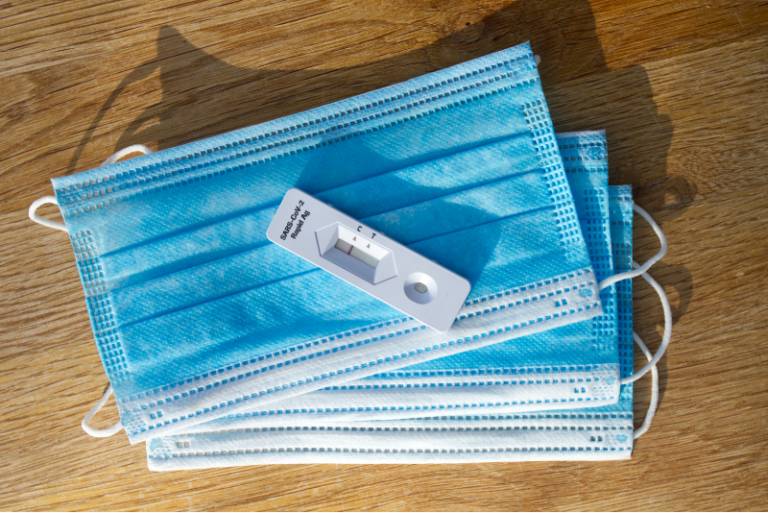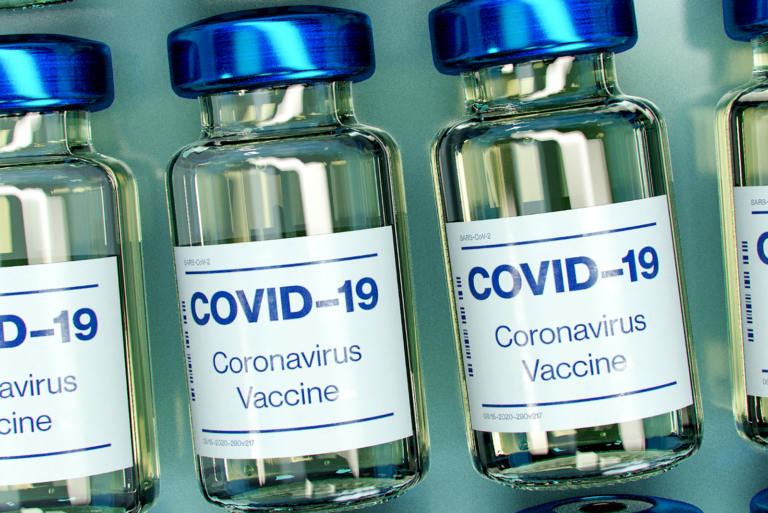WASHINGTON, DC — The COVID-19 pandemic has entered yet another chapter. The rise of the Omicron variant, which is extremely contagious but less severe than the previously dominant Delta variant, has spiked cases to their highest numbers. The US is averaging more than 1 million new cases per day.
As these circumstances change, so is government guidance on how to keep individuals — and workforces — safe. To help the baking industry keep up with these evolving regulations, the American Bakers Association (ABA) put together a quick guide to the top three COVID protocols bakers and suppliers need to know in the coming days and weeks.










